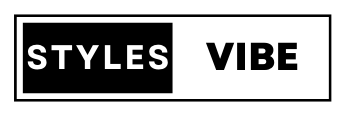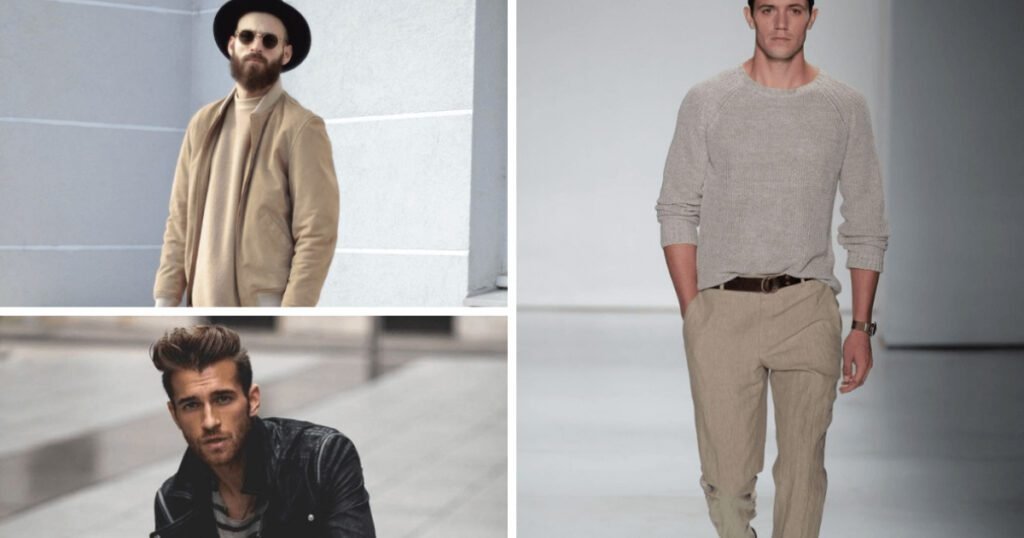The fashion world is a cycle of trends — new styles rise and fall nearly as fast as the others amongst rushing waves of whim. But throughout this fast-fashion revolving door, one term has piqued the curiosity of both fashion fiends and sustainable style enthusiasts alike — deadstock. One of those is, in particular, Judy’s Fashion, which is famous for vintage and dead stock items. However, in this fast fashion era, is judy’s fashion deadstock still alive and kicking? This post explores what deadstock fashion means, the amplification of Judy’s Fashion, and its importance today in our fashion ecosystem.
Introduction
The term “deadstock” has become a buzzword in the fashion industry, especially as brands face mounting pressures from both economic and environmental angles. Judy’s Fashion, a name familiar to fashion-savvy shoppers, is no exception to this trend. But what does it mean if a brand like Judy’s Fashion is referred to as deadstock? Is this an indicator of financial struggle, or could it represent an opportunity for savvy shoppers? This article dives deep into the world of deadstock, focusing on what it means for Judy’s Fashion and the fashion industry as a whole.
Understanding Deadstock in Fashion
Deadstock traditionally refers to items that remain unsold after a certain period, often gathering dust in storage. This stock hasn’t made its way to consumers and, for one reason or another, has become essentially “dead.” Whether due to overproduction, shifting trends, or unforeseen disruptions, deadstock remains an unavoidable reality in the fashion industry.
Why Deadstock Happens in Retail
Fashion retail operates in cycles, with brands launching new collections seasonally. If items fail to sell during their allotted season, they’re left behind as deadstock. Retailers often face this issue as they try to anticipate trends and consumer demands, a tricky task that inevitably leads to overstock.
Judy’s Fashion and Deadstock: The Connection
Judy’s Fashion, like many brands, must regularly assess how much inventory to produce. From seasonal changes to unexpected events, several factors can lead to excess stock. While there’s no direct confirmation that Judy’s Fashion operates solely as deadstock, it’s not uncommon for brands to face this challenge.
Economic Impact of Deadstock on Businesses
Deadstock ties up valuable resources. When products don’t sell, companies lose revenue, and their cash flow suffers. Even brands like Judy’s Fashion face losses when they have too much-unsold stock, which could otherwise be reinvested in new collections.
Environmental Concerns Related to Deadstock
Fashion deadstock isn’t just a financial issue—it has serious environmental implications. Leftover products require energy and resources to produce, only to end up in storage or, worse, landfills. This unused stock contributes to pollution and resource depletion, amplifying the environmental impact of fashion.
Judy’s Fashion’s Approach to Managing Deadstock
To manage deadstock, Judy’s Fashion, like many modern brands, may turn to alternative methods. Some brands repurpose excess stock through sales, discounts, or donations. Others get creative by upcycling, turning unsold inventory into new items, or releasing limited “deadstock” collections as exclusive finds.
The Rise of Deadstock Resale and Secondhand Markets
Deadstock has found a new life through resale platforms and secondhand markets. Platforms like Poshmark, Depop, and The RealReal are popular for selling unsold items, creating a win-win scenario where companies recover costs while consumers find unique items.
Sustainable Alternatives to Handling Deadstock
Brands can explore sustainable ways to manage deadstock, including upcycling and recycling. These alternatives give new purpose to unsold items, turning what could be a loss into a gain for both the brand and the environment.
Benefits of Deadstock for Consumers
For consumers, deadstock often means lower prices and unique finds. Savvy shoppers see deadstock as an opportunity to purchase quality items at reduced rates, making it appealing to the cost-conscious and those looking for rare pieces.
Challenges for Brands Like Judy’s Fashion
Managing deadstock isn’t easy for any brand. Predicting demand is a constant challenge, as trends shift rapidly and unexpected factors can disrupt even the most careful plans. Logistics, including storage and handling, also become a burden as stock accumulates.
How Digital Platforms Aid in Reducing Deadstock
Digital platforms have transformed how brands handle excess inventory. Online resale sites, social media, and e-commerce tools enable brands to sell deadstock directly to consumers without relying on traditional retail channels.
Is Deadstock Always a Negative for Brands?
Interestingly, deadstock isn’t always a disadvantage. Some brands turn it into a brand-strengthening opportunity by releasing limited deadstock collections or marketing it as exclusive finds. This strategy can even drive demand for items that might otherwise be forgotten.
Consumer Perception of Deadstock
Consumer perception of deadstock is evolving. Today’s shoppers are more eco-conscious and recognize the value of purchasing deadstock as a sustainable choice, contributing to a circular economy by reducing waste.
Conclusion
Deadstock represents both a challenge and an opportunity for brands like Judy’s Fashion. While excess inventory can strain resources and pose environmental issues, deadstock also opens up pathways for creative solutions. From resale and upcycling to limited editions, deadstock has found its niche in a sustainable, consumer-driven economy. Read about Mouda Pro 2024 07 the 9 summer 2024 fashion trends.
FAQs
What is deadstock in fashion?
Deadstock refers to unsold inventory that remains after a season ends. It’s an unused stock that didn’t sell.
How does deadstock affect the environment?
Deadstock contributes to waste and environmental harm, as unsold items require resources and may end up in landfills.
Can deadstock be good for consumers?
Yes! Deadstock often comes with discounts, and buyers can find unique items at lower prices.
Why do brands end up with deadstock?
Brands face deadstock due to overproduction, changing trends, and challenges in predicting consumer demand.
How can deadstock be managed sustainably?
Brands can repurpose deadstock through resale, upcycling, recycling, and creating exclusive collections.





Pingback: Clothing Fashion Affirmations for Women: Boost Confidence